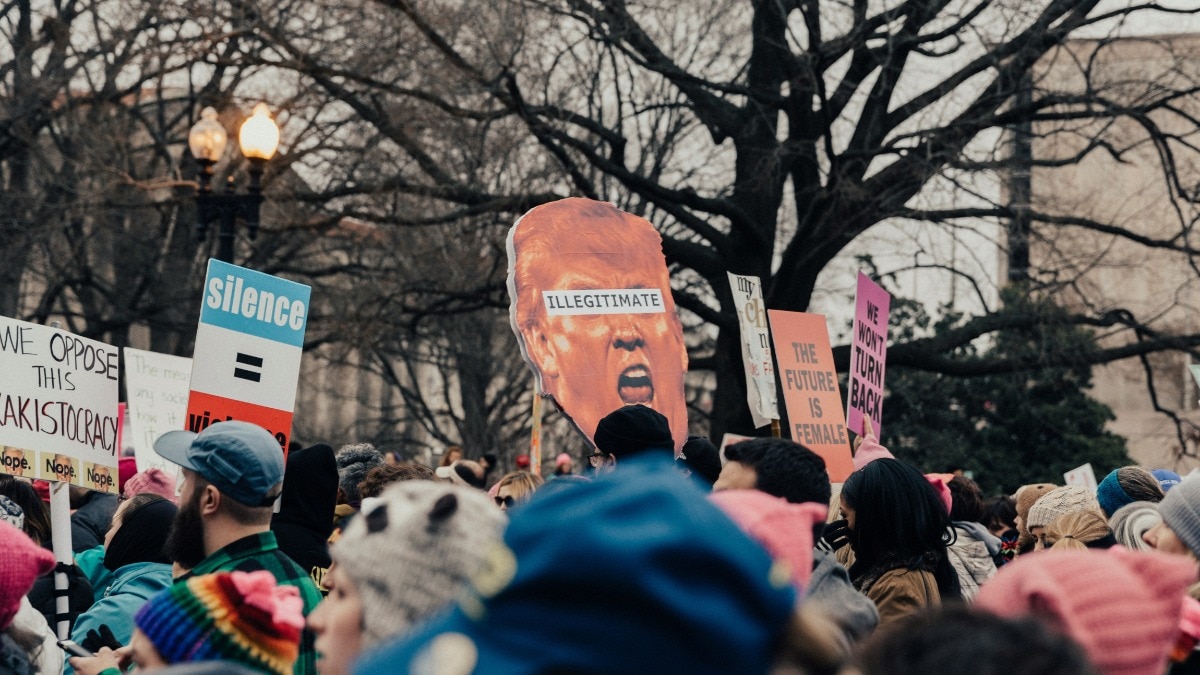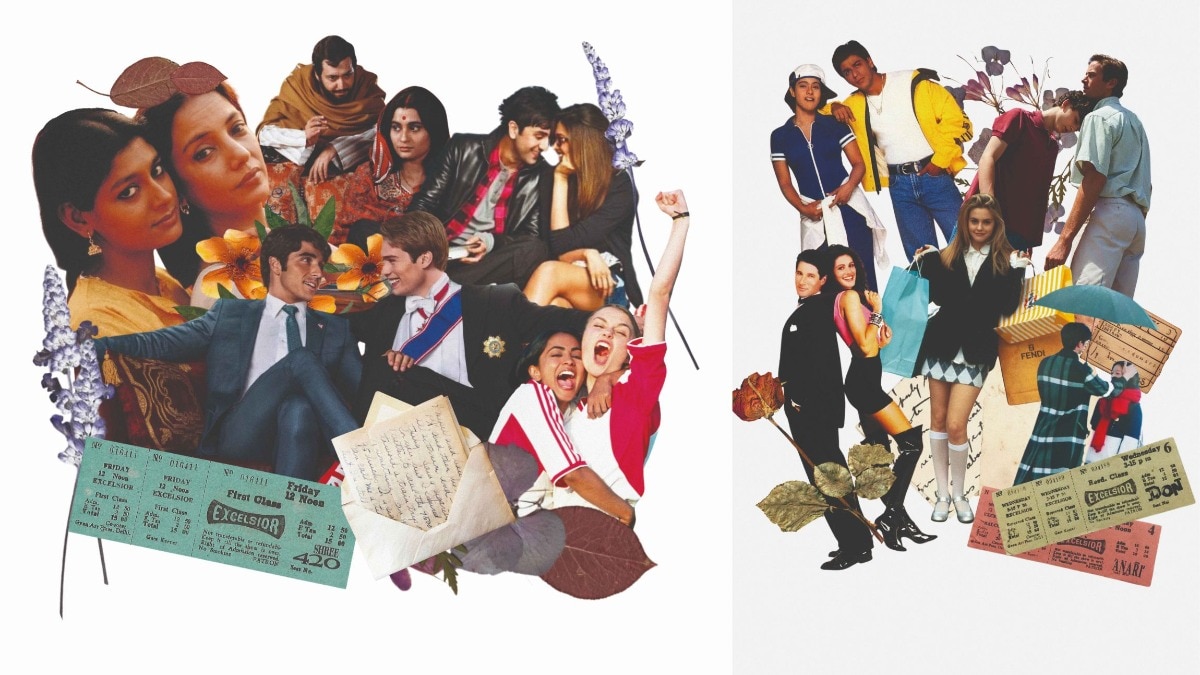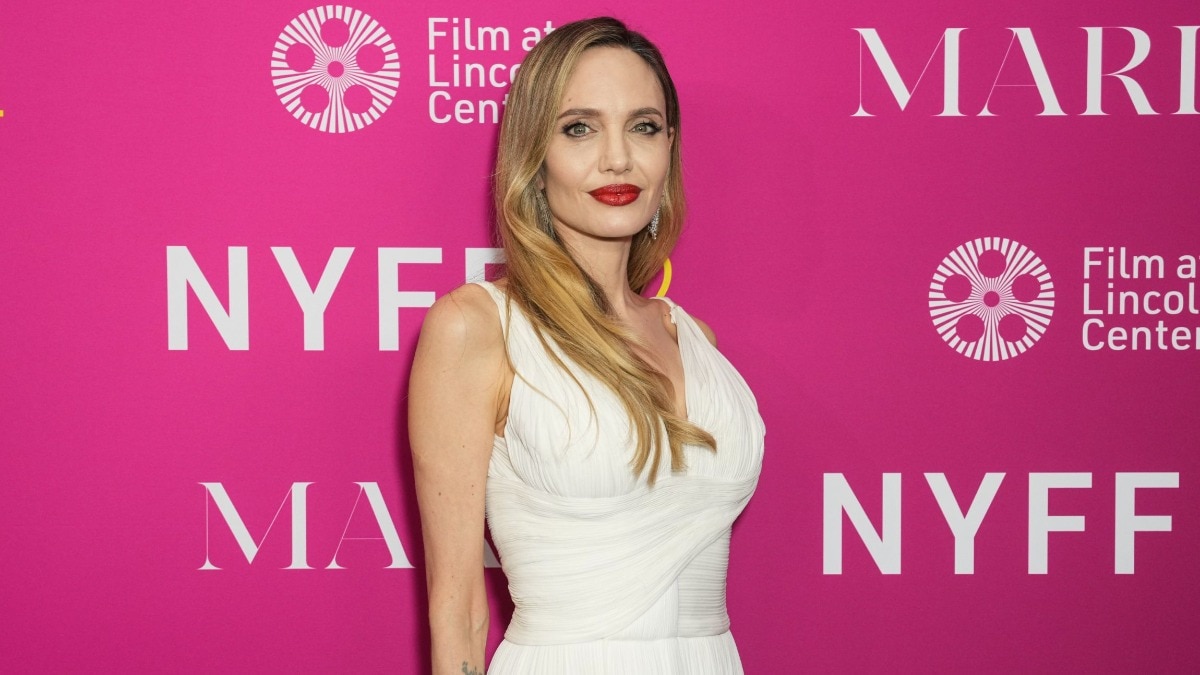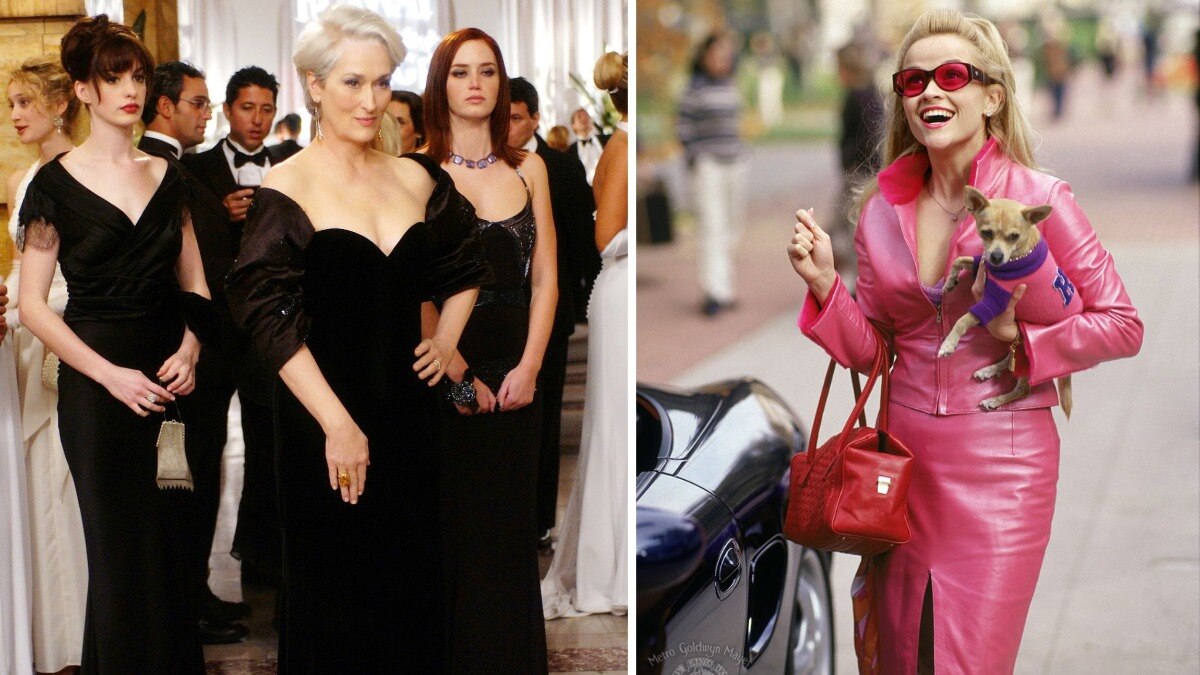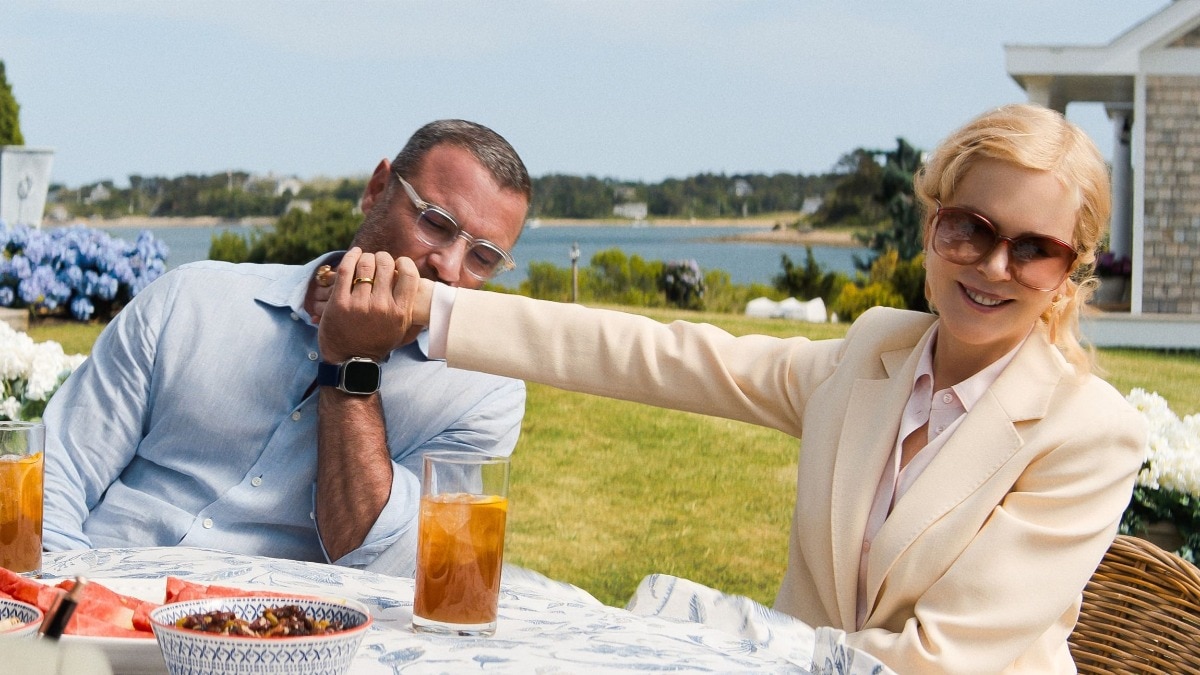Is it time to retire the hyper-masculine hero?
Industry insiders weigh in on the shallow waters of male-dominated narratives.


With the first half of Singham Again reserved mostly for entry shots of the several stars studding the film and the latter half dominated by more entry shots and heroic stunts, the recent Diwali release was only bigger and badder than its prequels in the series. Unfortunately, what the film, loosely based on and heavily inspired by the Ramayana, boasted in star power, it lacked in subtlety.
Singham Again is only the most recent entrant in Bollywood’s spate of movies where a plot is swapped out for “alpha” men delivering thunderous dialogues and thrashing goons in slow-motion. But, then again, as Vasan Bala, the director of acclaimed films like Monica, O My Darling (2022), Mard Ko Dard Nahin Hota (2019), and, most recently, Jigra (2024), puts it to Bazaar India, “The concept is as old as time and there seems to be an insatiable want and need for it currently.”
But the problem hasn't always been so persistent. From Sultan (2016) where Salman Khan played a fragile wrestler who couldn't stand to be bested by his wife to Animal (2023) with Ranbir Kapoor portraying an unhinged man-child with daddy issues, there’s been a rise and rise in movies that aren’t about to win any awards for their depth and sensitivity. The women have little to offer here—either reduced to mere props, no matter their acting prowess, or in an attempt at pandering to more progressive audiences, turned into lesser versions of the hero. The writing has been on the wall for some time now.
Broader shifts in the times have contributed significantly, too. As Bala reflects, tying in this chapter of cinema to the natural ebb and flow of culture, “We went through a brief alternative period in the late 90s and early 2000s and also a phase till right before the pandemic, showcasing sensitive men willing to learn and understand. But the world over, we are back in a period of intense conflict coupled with a dwindling economy and very little to hold on to. We have gone back to a very primal and aggressive way of survival. It's a cycle and also a reflection of the times we are in. Times will change, and art will also reflect the change eventually.”
Of course, much is said about watching some films only for entertainment. Then there is that over-simplistic counter of avoiding them altogether to prevent fodder for the fire. But these are not under-the-radar, independent movies with barely any budgets and screen time in theatres. They’re the biggest films of our times, made with big budgets, making bigger money. In an interview with Kapil Sibal a few months ago, the veteran actor and cinematic heavy-weight Sharmila Tagore said in the context of Animal, “Any film that runs a lot, you cannot really rubbish it. You have to engage with it, try and understand that what exactly is happening here.”
And for anyone who has tried to engage, it’s hard to ignore the more sinister messaging behind this barrage of hyper-masculine films. Because there’s a reason the adage “cinema is a mirror of society” became an adage. In the ‘70s, for example, we had the “angry young man” played mostly by Bachchan—a reflection of the disillusionment of the youth, a direct by-product of urban discontent at the time. Then there was Shahrukh Khan who quickly became the king of romance in the ‘90s—when India had just begun to liberalise.
So, how have we found ourselves here now? Naseeruddin Shah, in an interview, had attributed the growing number of this specific hyper-masculine brand of films to the increasing insecurity of men. Then there is also the fact that the Tamil, Kannada, and Telugu blockbusters being cranked out currently are of exactly this kind. More and more Bollywood producers, actors, and filmmakers have been exploring, emulating, and seeking to replicate this seemingly guaranteed formula for success. And it's great for business—notwithstanding the slow implosion of our mainstream cinematic sensibilities continuing unchecked in the background.
Gurmmeet Singh, the director of several episodes of Mirzapur, put things into perspective in a conversation with Bazaar India, “I think films reflect the society's mindset and emotion, and right now, people do want to watch films with large-scale escapism. Trends will come and go, but as long as we aim to deliver films with strong stories and characters, they will never get outdated. And on the flip side, if the films only serve as a glorification of one particular facet, then yes, audiences will get bored soon.”
The fact remains that films do not need to be a medium from where the general audiences draw their sense of morality. If that were the case, we wouldn’t have the rich repertoire of Hindi cinema in all its diverse glory that we do. From Shyam Benegal’s legendary genius and Hrishikesh Mukherjee’s brilliance with a light touch to Yash Chopra and Ramesh Sippy’s handle on entertainment, Hindi films have had a long, storied past. Even more recently, the likes of Vishal Bharadwaj, R Balki, Gauri Shinde, Anurag Kashyap, and Zoya Akhtar, amongst several others, have shown us that mainstream Hindi filmmakers are capable of so much more than punchy one-liners and shots of rippling muscles.
In fact, a notable departure from this genre of garden variety heroics has been Kiran Rao’s most recent directorial, Lapataa Ladies, a soft, layered satire about two women navigating their own crises in small towns. And perhaps we have been so deprived of nuance and meaning in our cinema that it seemed like the obvious choice to be India’s official entry to the Oscars this year.
Yet, despite this refreshing break from convention, it appears the enduring appeal of hyper-masculine films remains deeply ingrained in Indian cinema. As Ashima Chibber, the maker of Mrs. Chatterjee vs Norway, points out to Bazaar, “I think these larger-than-life male characters will never go out of fashion. They will always be there. Women are multitasking—ever since I’ve become a mother, my going to the (cinema) hall has become very difficult—so it's largely the male audiences who are being catered to. The celebration of men is so important for the male ego; whether it’s in a (cinema) hall or on the dining table, you have to look at men and go, ‘wow.’ Since achieving the impossible is a big theme of these hyper-masculine films, they will always work. And, of course, we have the mythology that says it, too—the Ramayana, the Mahabharata, the heroes, the whole folklore. Not only our culture but even Hollywood—think the likes of Avengers—is geared towards this ideology. It's what people like to watch."
If Bollywood is having a phase, it’s certainly been a long one. And it doesn't look like it's going away soon. The question looms large: in this era of unprecedented awareness and conversations about gender and equity, why are Hindi films still glorifying hyper-masculinity? More importantly, where can we register our request to have Shahrukh Khan welcome us back with open arms to softer, gentler, more meaningful filmmaking?
Lead image: Pexels
Also read: Six directors on their favorite fed-up female characters

